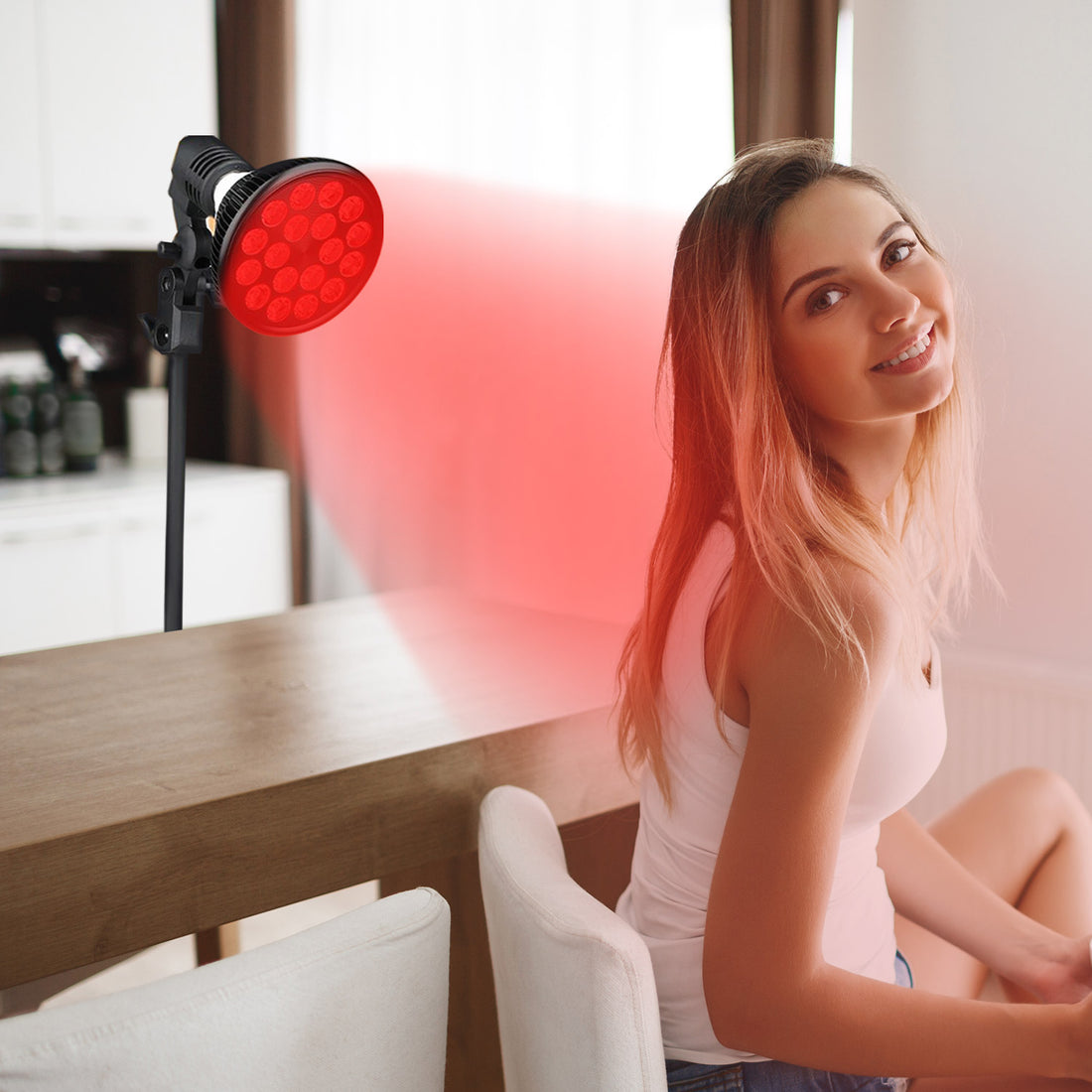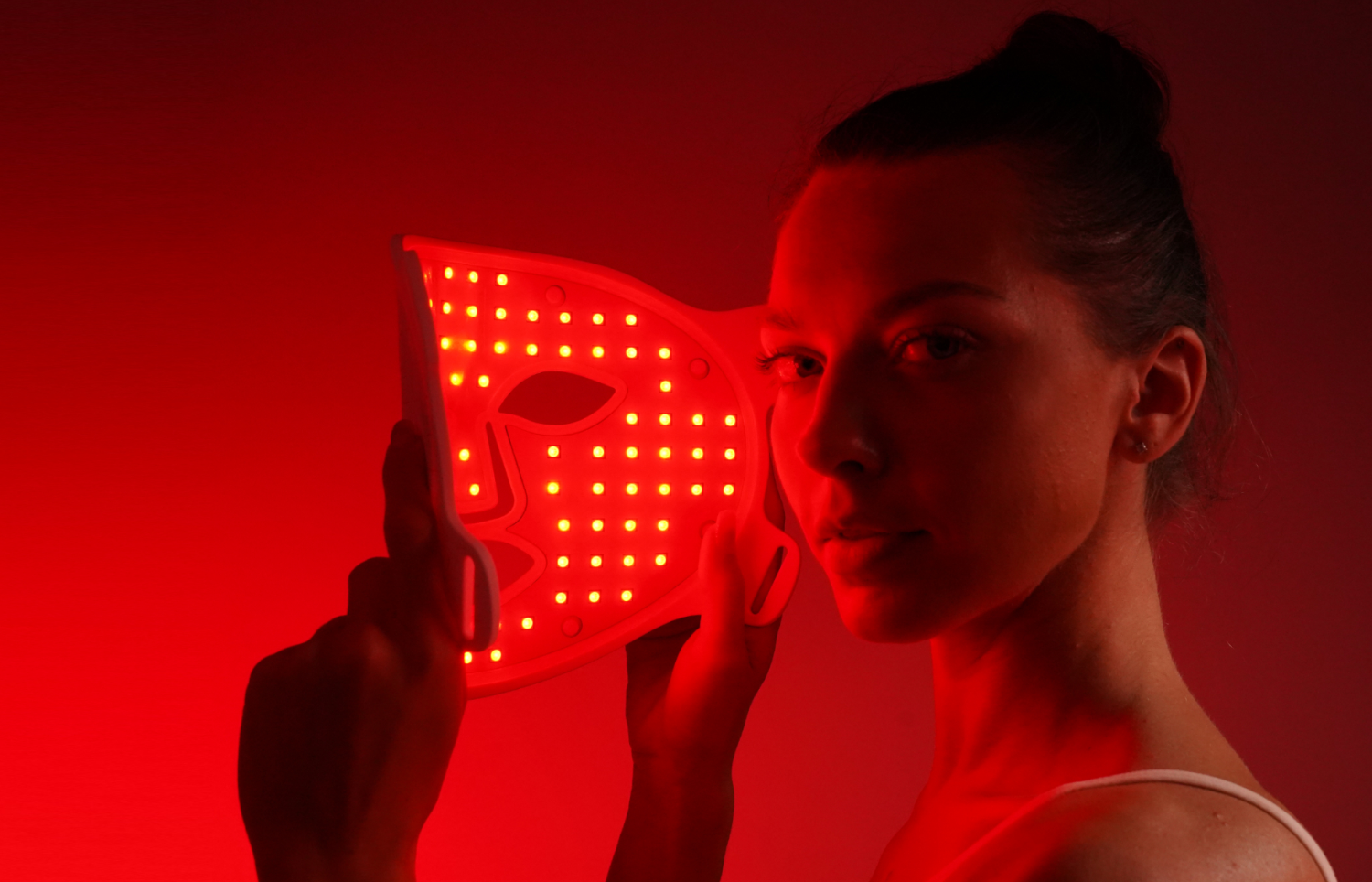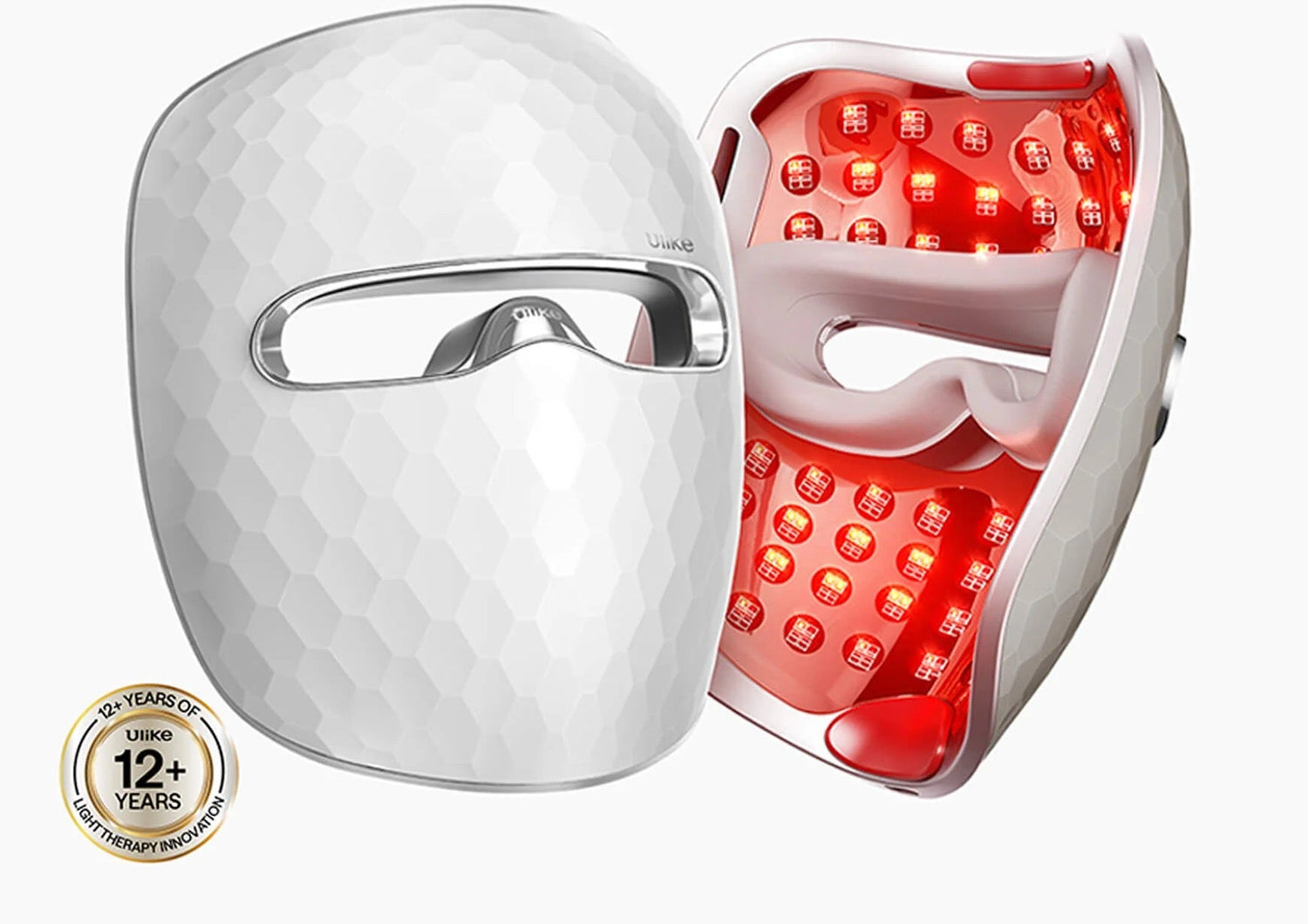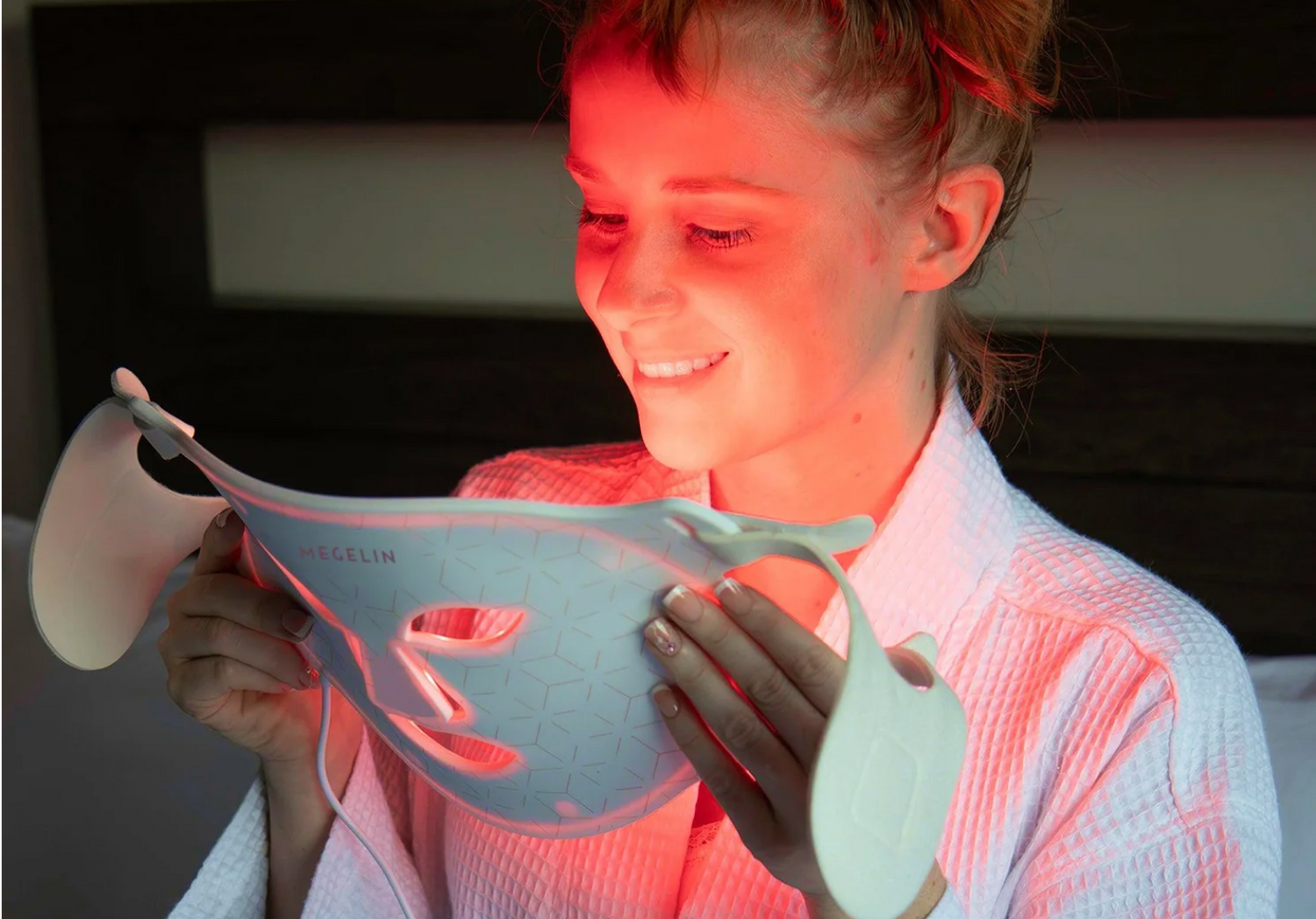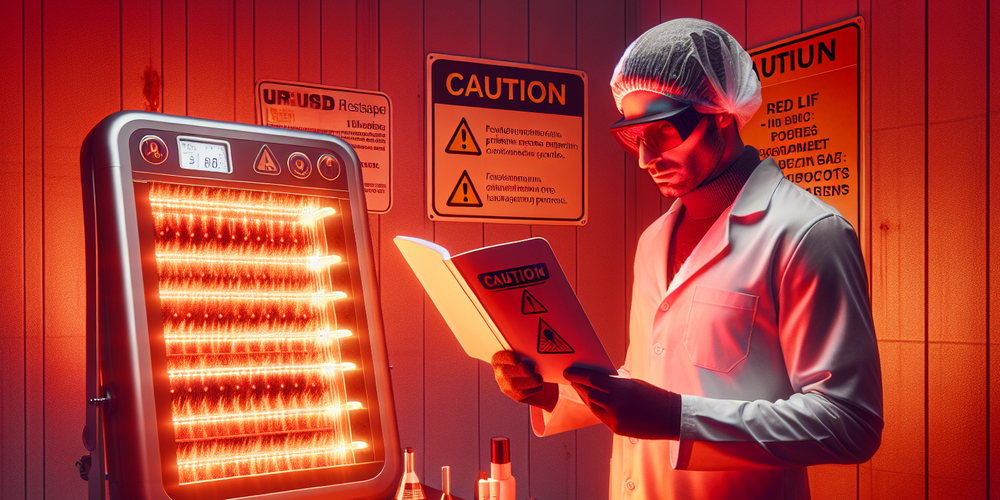
Red Light Therapy Dangers| 2025 Real Cases and Safety Tips
LambertJarvisWith the rise in interest in alternative health treatments, red light therapy has become popular for its potential benefits like skin improvement and pain relief. However, as more people use it, concerns about its safety also increase. Understanding the risks of red light therapy, including LED red light therapy dangers and infrared red technology issues, is crucial for anyone thinking about this treatment. This need for clear safety information makes it important to discuss not just the benefits but also the possible negative effects.
This article explores the details of red light therapy, starting with how it works and the science behind its claims. After this introduction, we will look closely at the known risks and side effects, explaining why questions like "is red light therapy safe?" and "what are the dangers of too much red light therapy?" are important. Real-life examples that show therapy dangers give context, showing the real risks involved. The article then moves on to provide guidelines for using red light therapy safely, helping readers use the therapy with informed caution. Through an educational and cautionary approach, the following sections aim to answer key questions about red light therapy dangers, giving a complete understanding of this popular but potentially risky treatment.
Basics of Red Light Therapy
How Red Light Therapy Works
Red Light Therapy (RLT), also known as photobiomodulation or low-level light therapy, involves the use of low-level wavelengths of red or near-infrared light to improve cellular function. The therapy targets the mitochondria, the "power plant" of cells, enhancing their ability to produce energy [1][2][3]. This increased mitochondrial activity helps cells function more efficiently, promoting repair and rejuvenation. Specifically, RLT is thought to stimulate collagen production, increase fibroblast production, and enhance blood circulation, all of which contribute to improved skin health and healing [1][2][3].
Typical Applications
Red Light Therapy is widely promoted for its potential benefits in treating a variety of skin and health conditions. Common applications include improving the appearance of the skin by reducing wrinkles, fine lines, and age spots, and enhancing skin texture [1][2]. Additionally, RLT has been used to treat medical conditions such as psoriasis, eczema, rosacea, and acne. It is also noted for its effectiveness in promoting wound healing, reducing inflammation, and improving conditions like androgenic alopecia, where it stimulates hair growth [1][2][3].
Moreover, beyond dermatological applications, Red Light Therapy has shown promise in treating muscle tissue, reducing pain, and aiding in the recovery of muscle injuries. Its ability to reduce inflammation and promote tissue repair makes it a valuable tool in various therapeutic settings, including the treatment of chronic pain and sports injuries [2][3]. Furthermore, ongoing research suggests potential benefits of RLT in improving conditions related to brain health, such as cognitive functions in Alzheimer's disease, indicating a broad spectrum of applications for this therapy [3].
Known Hazards and Side Effects
Skin Irritation
Red light therapy is generally well-tolerated, but some users may experience skin irritation. This side effect is most commonly manifested as temporary redness, itching, or rash following sessions. These symptoms are usually mild and tend to resolve on their own within a short period. However, individuals with sensitive skin or pre-existing skin conditions might notice more pronounced irritation. If the irritation is persistent or severe, discontinuing the treatment and consulting a healthcare professional is advisable.
Potential Eye Damage
While red light therapy is beneficial for various conditions, it poses potential risks to eye health if not used correctly. Direct exposure to intense red LED lights can lead to eye discomfort or temporary visual disturbances. To mitigate these risks, it is crucial to use proper eye protection during sessions. This includes wearing goggles or glasses that can shield the eyes from direct light exposure. Adherence to these safety measures significantly reduces the likelihood of eye-related side effects.
Effects on Tissue
Red light therapy can also impact tissues, particularly in areas with pre-existing conditions. For instance, its ability to increase blood flow can cause wounds at risk of bleeding to bleed more or reopen. Therefore, it is recommended to avoid using red light directly on wounds that have not fully healed. Additionally, while the therapy generally promotes tissue repair and reduces inflammation, excessive or improperly administered treatment may lead to adverse effects like increased tissue sensitivity or exacerbation of underlying conditions.
Case Studies Highlighting Therapy Dangers
Case Study 1: Eye Health Implications
In a notable instance, research highlights the potential benefits of photobiomodulation for conditions like age-related macular degeneration, where evidence strongly supports its efficacy [4]. However, despite these benefits, the same studies caution against the risks of direct eye exposure during red light therapy sessions. Improper use without adequate eye protection can lead to significant eye discomfort and potential long-term damage. This underscores the importance of using protective measures such as goggles to shield the eyes from intense red light during therapy sessions.
Case Study 2: Skin and Tissue Effects
Another case involved an individual using red light therapy to treat a scar caused by physical trauma [5]. The therapy led to a noticeable improvement in the scar's appearance over time. However, similar treatments have been documented to cause adverse skin reactions, including blistering and redness, particularly when administered at high levels [6]. This case serves as a reminder of the delicate balance required in the application of red light therapy, where exposure must be carefully controlled to avoid exacerbating skin conditions or causing new damage.
Lessons Learned
These case studies collectively highlight the dual nature of red light therapy as both a beneficial and potentially harmful treatment. They emphasize the need for rigorous adherence to safety protocols, particularly concerning exposure duration and protective equipment. Additionally, they illustrate the importance of personalized treatment plans that consider individual conditions and susceptibilities to ensure the safe and effective use of red light therapy. These insights are crucial for practitioners and patients alike, aiming to minimize risks while maximizing therapeutic benefits.
Guidelines for Safe Use
Proper Setup and Use
To ensure the safety and effectiveness of Red Light Therapy (RLT), it is crucial to follow proper setup and usage guidelines. Users should start with sessions lasting no more than 10 to 20 minutes, three to five times per week, gradually increasing to daily use if tolerated, without exceeding 20 minutes per session area [7]. It is important to maintain a distance of 12 to 24 inches from the light source, depending on the treatment area, with facial treatments requiring greater distance due to increased skin sensitivity [7]. Always ensure the light is applied directly to bare skin, avoiding any coverage by clothing to maximize light absorption [7].
Professional Guidance
Before initiating RLT, consulting with a healthcare provider is essential, especially for individuals with sensitive skin, photosensitizing medications, or a history of skin cancer [2][7]. A qualified professional can help tailor a treatment plan to individual needs and goals, potentially enhancing the therapy's benefits while mitigating risks [2][8]. For those considering at-home devices, it is advisable to discuss options with a dermatologist or pain specialist to select a device that is both effective and safe [8].
Regular Health Check-ups
Incorporating regular health check-ups into the treatment regimen is vital to monitor the therapy's impact and adjust protocols as necessary. This is particularly important for individuals with pre-existing health conditions or those undergoing other treatments that might interact with RLT [9][2]. Regular consultations with a healthcare provider ensure that any signs of adverse effects, such as skin irritation or eye strain, are promptly addressed, and therapy adjustments are made to prevent further complications [2].
By adhering to these guidelines, users of Red Light Therapy can maximize its benefits while minimizing potential risks, ensuring a safe and effective treatment experience.
Conclusion
Throughout this exploration into the complexities and considerations surrounding red light therapy, it's clear that while the treatment offers a host of potential benefits, ranging from skin rejuvenation to pain relief, it also carries risks that cannot be ignored. The key arguments and findings underscore the importance of understanding both the therapeutic advantages and the dangers of red light therapy, including skin irritation, eye damage, and the potential to exacerbate certain tissue conditions. This balanced perspective is essential for anyone contemplating red light therapy as a part of their wellness routine, emphasizing the need for informed caution and adherence to safety protocols to mitigate risks.
The discussion herein not only reiterates the vital role of professional guidance in tailoring safe and effective treatment plans but also accentuates the potential for red light therapy to significantly impact skin health, muscle recovery, and possibly broader therapeutic applications. The implications of this analysis suggest that, when administered with care and proper precautions, red light therapy can be a valuable addition to holistic health practices. However, continued research and cautious application remain paramount to navigate the fine line between harnessing its benefits and avoiding unforeseen dangers, ensuring that its use remains within the bounds of safety and efficacy for all individuals.
FAQs
1. What are the potential dangers associated with red light therapy?
Red light therapy, even when administered in a doctor's office, carries some risks. Notably, high-intensity red LED lights used in this therapy can lead to skin issues such as blistering and redness, as observed in an early-stage clinical trial.
2. What is the opinion of dermatologists on red light therapy?
According to Dr. Davis, while blue light therapy is commonly used in medical settings to treat acne through an oxidative reaction on the skin, red light therapy can also exert similar effects. It may be utilized to address acne and photoaging due to its oxidative properties on the skin.
3. What does recent research say about red light therapy?
Recent studies, including a 2020 publication in the Journal of Drugs in Dermatology, suggest that red light therapy could be beneficial for skin rejuvenation. The therapy appears to enhance the production of fibroblasts, which are crucial for collagen formation and thus help maintain the skin's structure and appearance.
4. How can red light therapy be used safely at home?
To safely use red light therapy at home, it is advisable to wear protective eyewear as a precaution, even though LED lights used in this therapy do not emit UVA or UVB rays. Starting with sessions of 10-20 minutes, three times a week, and gradually increasing to five sessions a week if possible, is recommended for optimal results.
References
[1] - https://my.clevelandclinic.org/health/articles/22114-red-light-therapy
[2] - https://www.healthline.com/health/red-light-therapy
[3] - https://www.health.com/red-light-therapy-benefits-7693320
[4] - https://www.lighttherapyinsiders.com/thor-photomedicine-course-review/
[5] - https://www.youtube.com/watch?v=5CmuToeURcE
[6] - https://www.webmd.com/skin-problems-and-treatments/red-light-therapy
[7] - https://platinumtherapylights.com/blogs/news/red-light-therapy-how-often
[8] - https://www.everydayhealth.com/wellness/red-light-therapy/guide/
[9] - https://rouge.care/blogs/rouge-red-light-therapy-blog/10-mistakes-you-might-be-making-using-red-light-therapy-at-home
